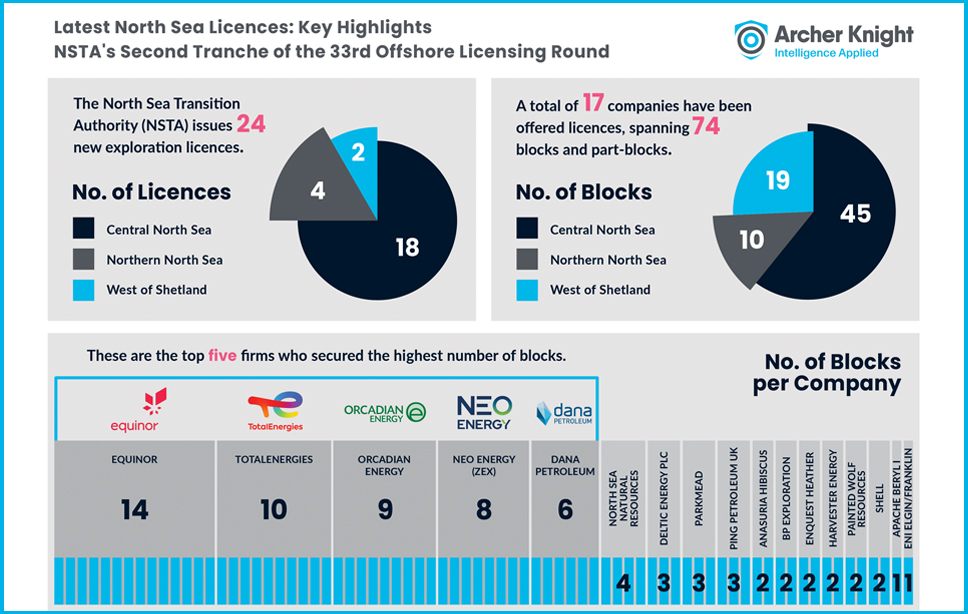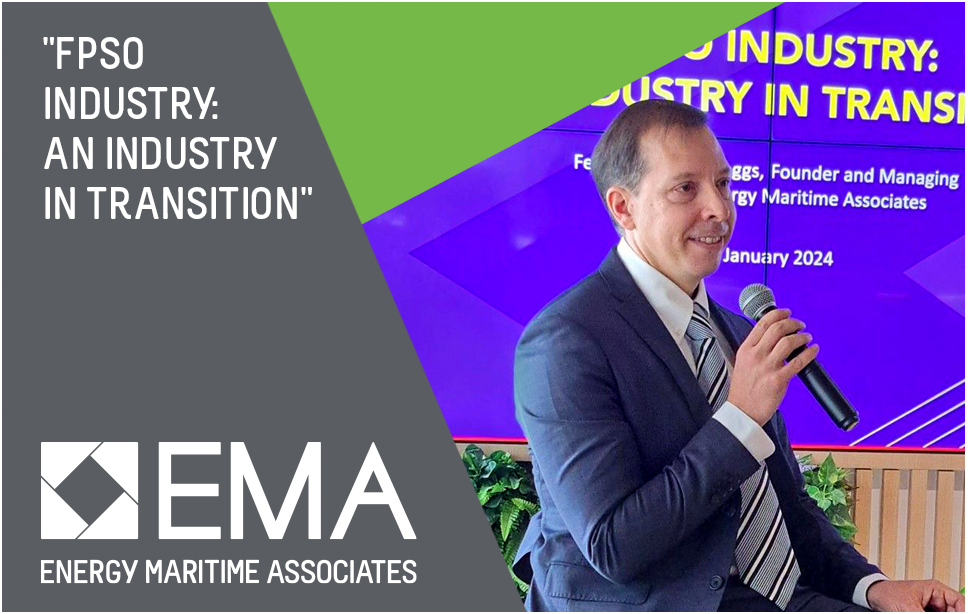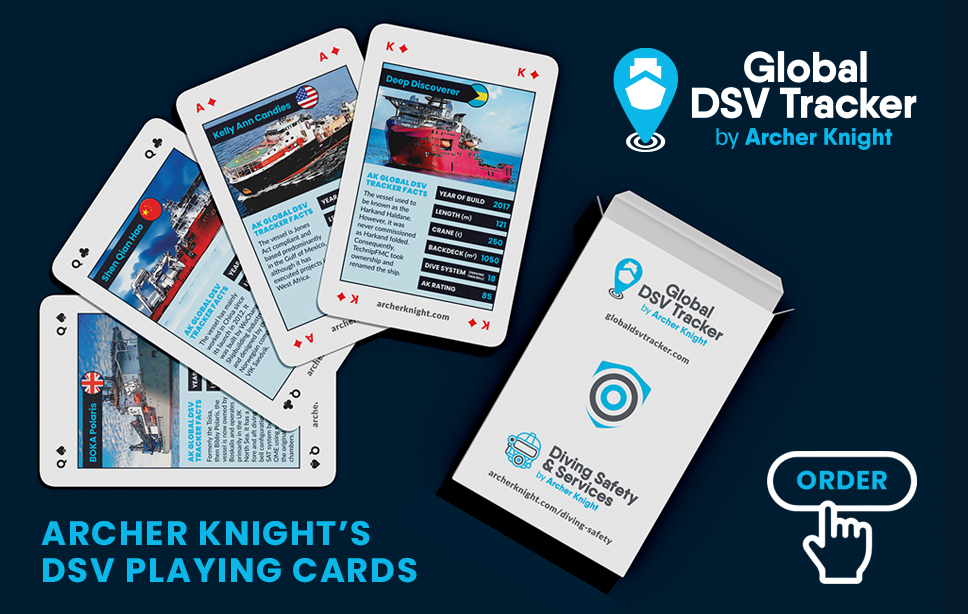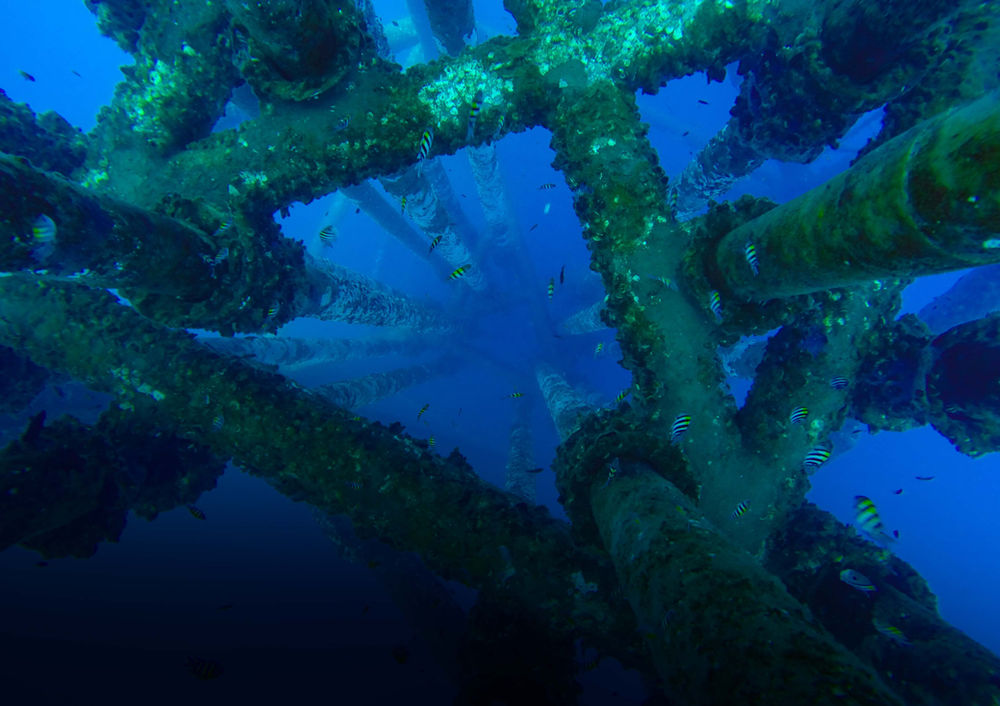
Change happens fast in upstream oil & gas. Ross Macdonald looks at the four core areas we focus on to make sense of the volatility and understand the bigger picture. In part three, it’s INFRASTRUCTURE.
Infrastructure – getting to know the production lifecycle
Understanding current infrastructure has a huge part to play in developing deeper insight into the offshore market. This is especially true in more-developed markets such as Southeast Asia and Northwest Europe, where some infrastructure has well surpassed its use-by date.
Understanding ownership hierarchies, component assets and asset age, gives a more-rounded view of what the commercial and operational requirements are for all the various stakeholders and greater knowledge of what is needed for sometimes hostile offshore sites to maintain production.
CAPEX projects represent the more visible and higher-profile opportunities for contractors and the supply chain. However, for many, their lifeblood is OPEX-based work supporting continued production. And, at the other end of the production lifecycle, we can look towards where the decommissioning (DECOM) opportunities are.
In the current environment, we have already seen evidence that infrastructure projects falling under OPEX and DECOM are likely to slow progress and scale back. In the UK, INEOS has deferred its planned shutdown and inspection campaign of the Forties pipeline system. Not only does this directly impact for those involved in the project, it also has a knock-on effect for those contractors and suppliers associated with other OPEX campaigns, related to the shutdown of a vital piece of interconnected midstream infrastructure.
DECOM projects, meanwhile, driven by regulatory mandates, represent no tangible return for the major stakeholders. Whenever possible, delays and deferments will be used to ensure maintenance of essential liquidity. However, where some DECOM-associated services may benefit, is the well shutdown and ‘plug and abandon’ (P&A) segment, as oil flows result in negative net results and stakeholders look to slow or halt current production to support their respective interests.
Cutting through the noise
Market intelligence is about making sense of your environment. For us, understanding infrastructure activity and how it overlaps and interlinks with that of companies, projects and vessel activity helps us build our granular, bottom-up view of the industry and form an articulate and considered view of the market for our clients.
This is the central ethos behind our software-as-a-service (SaaS) platform Flowline. Launched this year, Flowline takes the mass volume of information and anchors it to these four key themes, giving its users a better understanding of offshore upstream activity in a layered and structured manner. In this way, we believe it’s possible to cut through the noise and give a clearer picture of what lies ahead.
Ross Macdonald is General Manager - Market Intelligence at Archer Knight. Contact him on rma@archerknight.com
For more information on Flowline or book a demonstration contact flowline@archerknight.com
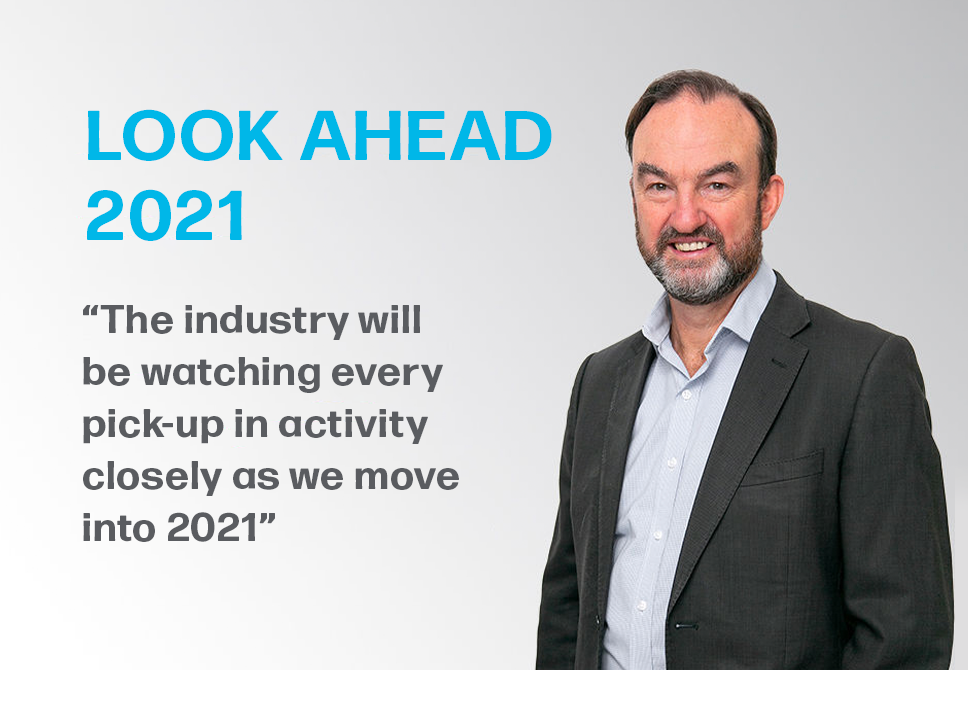
4 min read
Look Ahead 2021 – John Scrimgeour
John Scrimgeour, Archer Knight’s chairman, on what to look out for in 2021 What can we expect to happen in energy markets in 2021? No industry was...
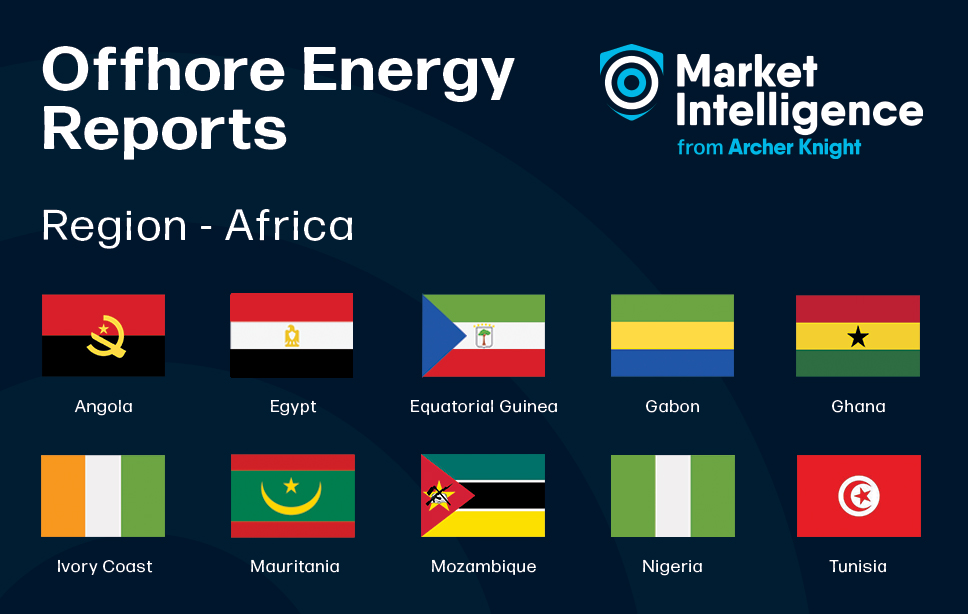
3 min read
Global energy movers and shakers: Africa
Looking ahead to 2021 in our new offshore energy profiles Africa is home to some of the world’s most notable oil & gas producing countries, as well...

3 min read
4 ways to more powerful market intelligence: Part 2
Change happens fast in upstream oil & gas. Ross Macdonald looks at the four core areas we focus on to make sense of the volatility and understand the
